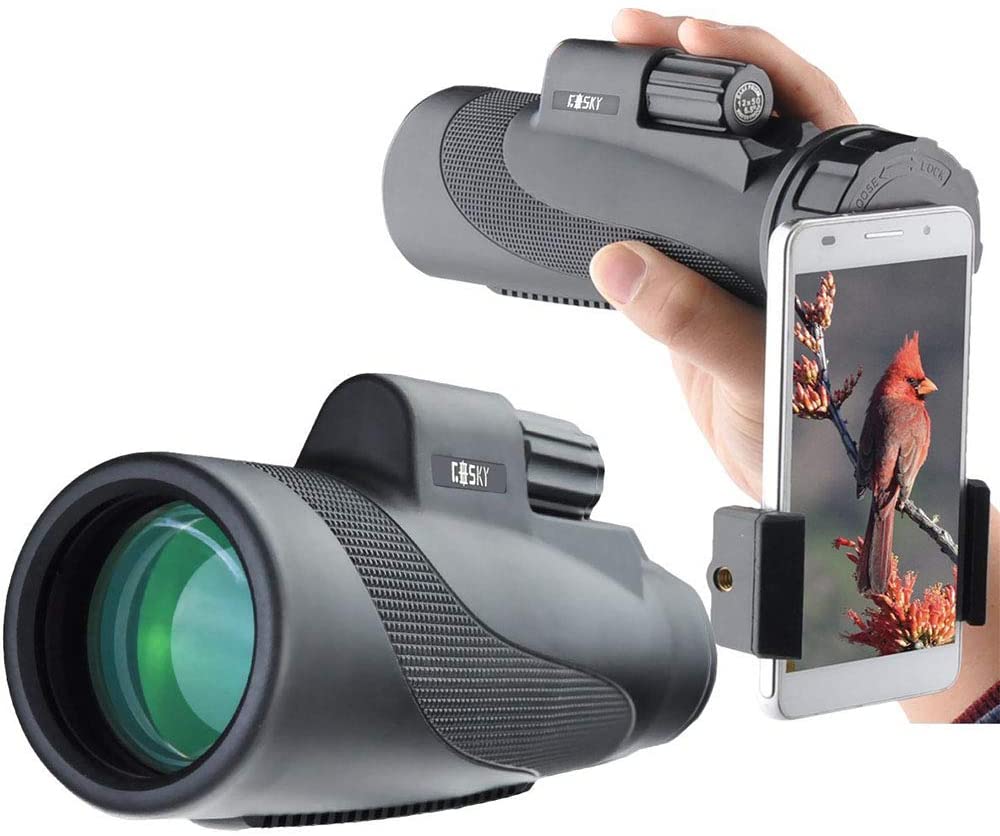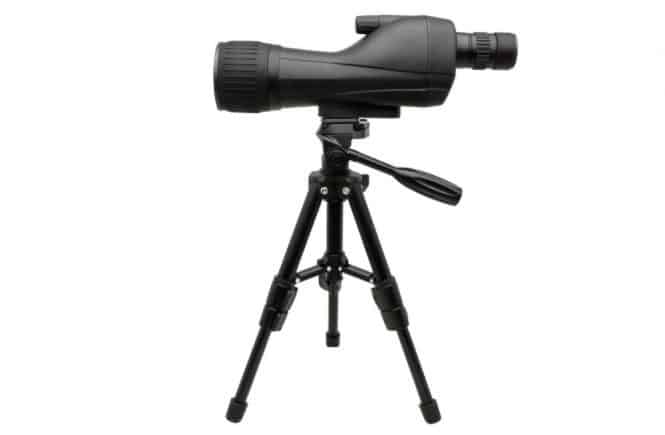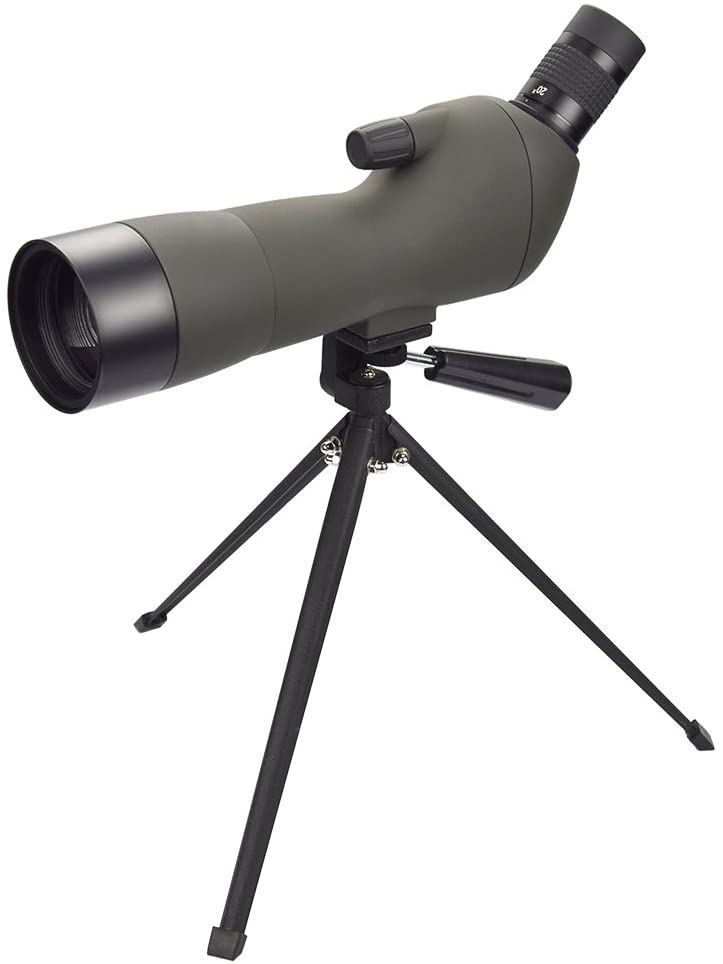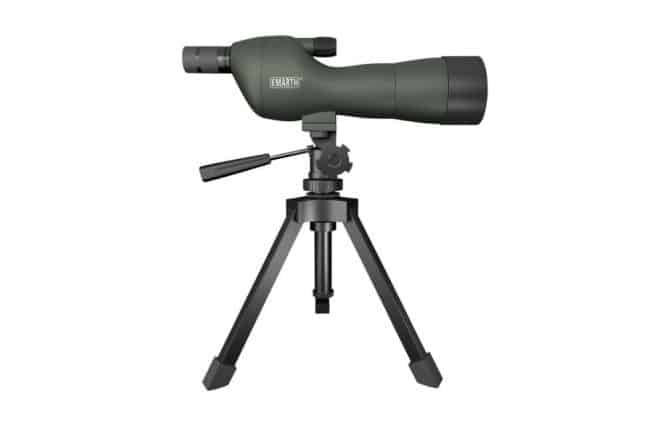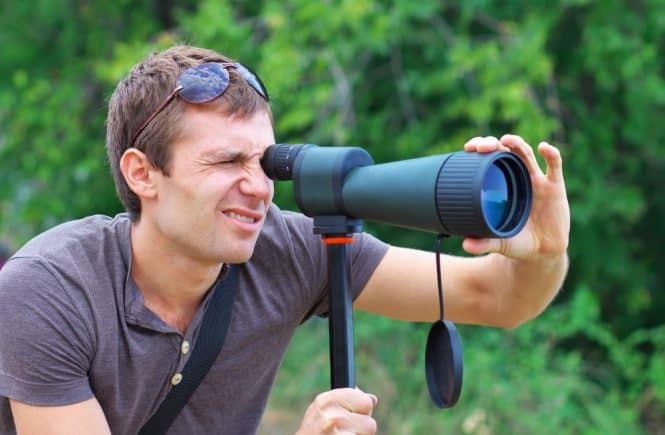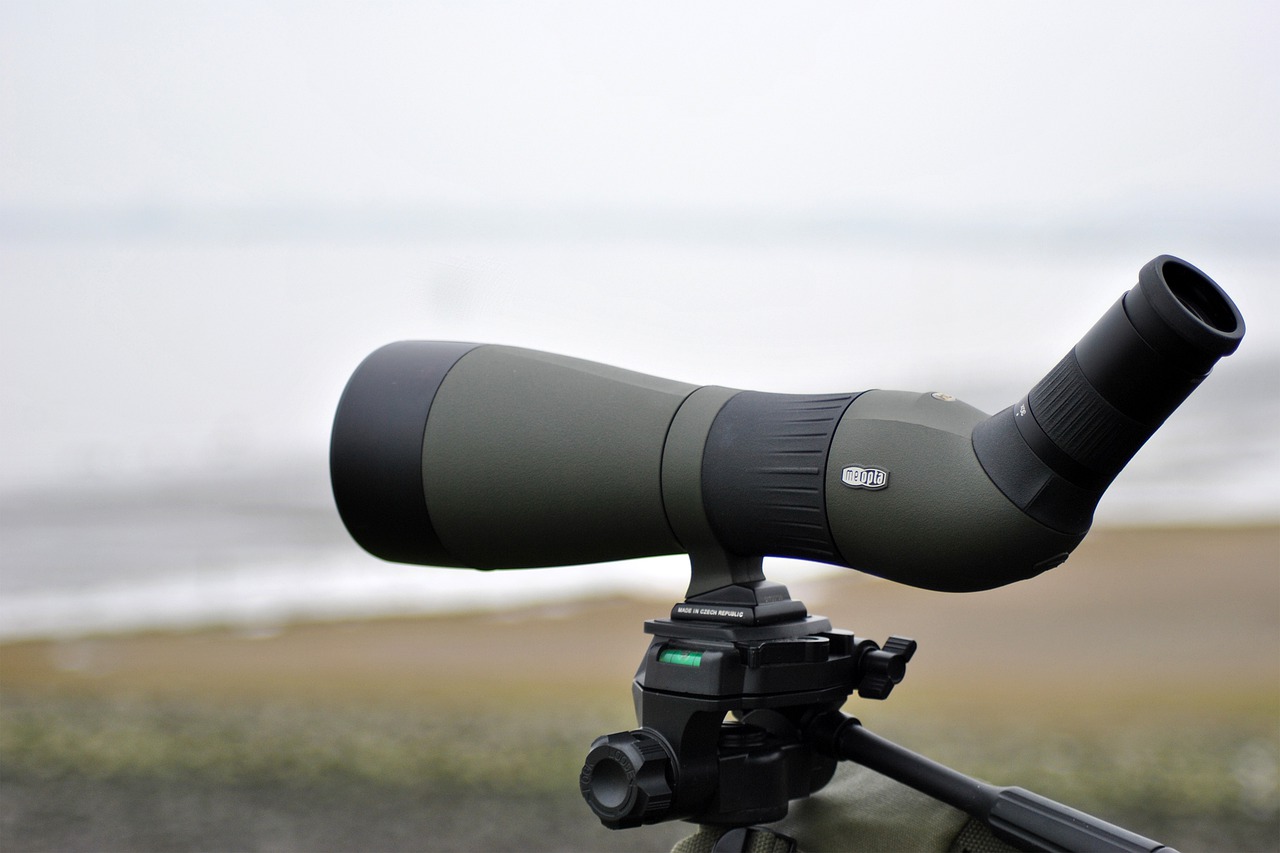
A&W Outlets
The Best Spotting Scope Reviews and Advice
How to Choose a Spotting Scope

This site contains affiliate links to products. We may receive a commission for purchases made via these links.
Table of Contents
Introduction
Hunting season is fast approaching. Now, you are questioning yourself on how to choose a spotting scope. It is a very good question that you need to get answered soon.
There are several options available, and picking just one spotting scope is hard enough. To make the best decision you can possibly make, you must understand what a spotting scope is, how it works, and whether it fits your hunting style.
Defining a Spotting Scope
 So, what is a spotting scope?
So, what is a spotting scope?
The best way to define one is to compare it to a normal telescope used for looking at the stars. For starters, a spotting scope is typically smaller than a normal telescope. This way, you can easily carry it around with you.
Also, spotting scopes will always produce an image that is upright. Other telescopes can produce an image that is reversed or upside down.
The magnification is also much lower on a spotting scope. Spotting scopes are small and are usually used during the day. Because of this, the magnification does not need to be high.
Lastly, most spotting scopes are waterproof and fog proof. This gives you more mobility and versatility when choosing where you want to hunt.
Common Features of a Spotting Scope
Field of View
A simple component, the Field of View or FOV, is how far you can see from left to right when looking through the telescope. The wider the FOV, the easier you can keep up with fast-moving objects. More magnification means less FOV.
Focal Length
Both the eyepiece and the main lens have a focal length. It is the distance between the light rays focusing and the main lens. Both focal lengths combined give you the magnification of what you are seeing. Most of the time, for hunting you will want a shorter focal length. This allows for the scope to be light and easy to carry.
Refractors
Refractors are characterized by a long tube ending with an objective lens on one side and the eyepiece on the other side. They also are characterized by the prism system that they use.
Optical Design
The optical design is composed of both the refractor and catadioptric. Each piece has its own special purpose. Refractors will typically bend light while catadioptrics reflect light.
Eyepieces
One of the most important pieces of the spotting scope, the eyepiece is important because it controls the magnification of the image.
Aperture
You can think of the aperture as the diameter, in millimeters, of the objective lens. It decides how much light enters the optical system. This can help increase clarity in your image.
Catadioptric
Using correctors lens and mirrors, the catadioptric helps to bring the image into focus. The catadioptric can produce high magnification without adding much weight to your scope.
Coating Types
Generally, most lenses of the same length can capture the same amount of light. Depending on the lens quality and coating, the amount of light that reaches your eyes can differ. That is why coating types are important. There are four coating types that you should be aware of.
Coated
One layer that is usually thin and anti-reflective on one lens.
Fully Coated
One layer that is on both sides of the objective lens and ocular lens systems.
Multi-Coated
As the name implies, this coating exists on multiple layers of a single lens.
Fully Multi-Coated
A mix of both the fully-coated and multi-coated types. It is a multiple layer coating on both sides of the objective lens and ocular lens systems.
Straight or Angled Spotting Scope: Which is Better?
Both angled and straight spotting scopes have their pros and cons. We will discuss the differences between them now so that you can choose the scope that fits your hunting style best.
Straight Spotting Scope
 The straight spotting scope has many benefits. The fact that it is straight allows for you to lock on to your target easier. It also makes it easier to look down steep hills at hard angles.
The straight spotting scope has many benefits. The fact that it is straight allows for you to lock on to your target easier. It also makes it easier to look down steep hills at hard angles.
You also get a smoother transition from binoculars that you mounted onto a tripod to the spotting scope.
Packing a straight spotting scope is simpler. Teaching someone to use a spotting scope that is straight is easier as well. It is a simple design as you do not have to worry about the angle and can look straight at your target.
Looking at hard uphill angles is a task with straight spotting scopes. You will experience discomfort in your neck if you find yourself crouching a lot as well.
Angled Spotting Scope
 For angled spotting scopes, you have the option to use shorter tripods. This prevents the wind from messing up your focus and lessens the amount of weight you must carry around. It is also easier on the neck.
For angled spotting scopes, you have the option to use shorter tripods. This prevents the wind from messing up your focus and lessens the amount of weight you must carry around. It is also easier on the neck.
Putting your angled spotting scope into your bookbag can be a task if your bag is designed weird or is full. Looking at downhill angles is not easy either.
Because of the way it is designed, leaving it sitting during a break can lead to water or snow buildup on your lens.
How to Choose a Spotting Scope
Spotting scopes are very complex, just like a normal telescope. There are many different components and features that can drastically change the experience you get with a scope. Understanding these components makes choosing a spotting scope easier.
After learning about the different aspects of a scope, focus on your specific hunting style and area. Going in-depth into all of this may seem like overkill, but it will be worth it in the end.
Ask yourself if you will be hunting in an area with lots of hills or how much magnification you think you will need.
These are important questions and once answered, will make choosing the perfect spotting scope for you much easier.
The Verdict
For most purposes, a regular straight spotting scope is your best option. Angled spotting scopes are more for special occasions.
If you live in an area where you will be doing a lot of uphill watching or need a lighter load to carry, angled scopes are good. Otherwise, you should pick the straight spotting scope.
Latest Reviews
Latest Articles
Follow Us
© 2021 AW OUTLETS
